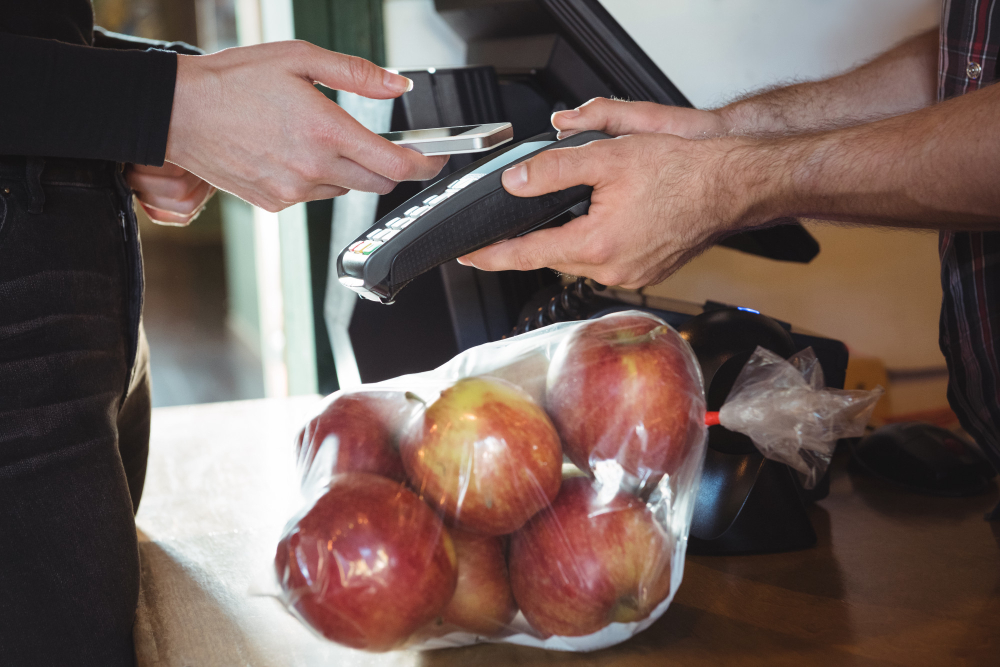Inflation-Proof Grocery Hacks to Stretch Every Dollar
Discover 700 words of smart, inflation-proof grocery hacks to help you save money, avoid waste, and shop smarter in today’s economy.
You don’t have to overspend to eat well—just shop with strategy.
As grocery prices rise and budgets tighten, saving money at the store has become more urgent than ever. But spending less doesn’t mean sacrificing quality or nutrition. It simply means shopping smarter.
Inflation doesn’t always hit evenly, but food is often one of the first areas where households feel the squeeze. The good news? With a few practical, proven grocery hacks, you can protect your wallet and still eat well.
Here’s how to beat rising costs and keep your grocery bill under control—without cutting corners on the meals you love.

1. Plan Weekly Meals Around Sales, Not Cravings
Before stepping foot in a grocery store, review the weekly ads. Base your meal plan around discounted items rather than what sounds good in the moment.
This strategy ensures you’re always buying ingredients at their lowest price. If chicken thighs are on sale, that week becomes stir-fry or roasted chicken night.
Build flexibility into your meals—substitute proteins or veggies based on what’s cheap and seasonal. It saves money and avoids last-minute, full-price purchases.
2. Use a Master Grocery List to Stay Focused
Impulse purchases often blow up your budget. Keep a reusable, categorized grocery list (by section: produce, dairy, dry goods) and stick to it.
Knowing exactly what you need prevents overbuying or being tempted by clever product placement. It also reduces forgotten essentials that lead to another costly trip.
Apps like AnyList or even a simple shared Google Doc help households coordinate and avoid duplication.
3. Embrace the Power of Store Brands
Store-brand products have come a long way. Most are manufactured by the same companies as name brands—but cost 10–30% less.
Try generic versions of staples like pasta, canned vegetables, rice, and cleaning supplies. You’ll rarely notice the difference, and the savings add up fast.
For new items, buy a small amount first and test taste. If it passes the flavor test, make it a regular switch.
4. Bulk Buy Strategically (Not Everything!)
Warehouse stores like Costco or Sam’s Club can save you money—but only if you buy what you’ll actually use.
Focus on non-perishables (rice, beans, canned goods), and freeze bulk meats into individual portions. Avoid large quantities of produce unless you plan to prep and freeze immediately.
Also, share memberships or split bulk purchases with family or neighbors if storage is an issue.
5. Cut Down on Food Waste with a First-In, First-Out Rule
Wasting food is wasting money. Arrange your fridge and pantry so older items are used first.
Label leftovers with the date and keep perishable items like dairy and greens at eye level. That small shift can help reduce spoilage and make sure nothing gets forgotten.
Set a weekly “use it up” day—make soups, omelets, or bowls with leftover odds and ends.
6. Use Rebate and Cashback Apps
Apps like Ibotta, Fetch, and Rakuten give cash back on groceries. Scan receipts or link loyalty cards to earn points and rebates.
Many deals are on store-brand or common items you’re already buying. It’s free money back on your regular grocery run.
Combine these apps with coupons or in-store discounts to maximize your total savings.
7. Go Meatless One or Two Nights a Week
Meat is one of the most expensive items in the cart. Cutting it out just once or twice a week can save $20–$30 a month.
Try hearty plant-based meals using lentils, beans, tofu, or eggs. They’re full of protein, much cheaper, and last longer in storage.
Not sure where to start? Search “Meatless Monday” recipes online for endless inspiration.
8. Cook Once, Eat Twice (Or More)
Batch cooking isn’t just for meal preppers. Making large portions and freezing leftovers helps you avoid pricey takeout when time is short.
Cook a pot of chili, stew, or curry, then portion it out for future meals. Label and date everything before freezing to keep track.
It’s not only budget-friendly—it also saves time during busy weeks.
Conclusion
Inflation doesn’t have to control your grocery bill. With a few smart habits and practical tools, you can shop with confidence—and keep your budget intact.
It all starts with intention, preparation, and a willingness to adapt. Start small, stay consistent, and watch how your savings grow every week.





